Industry information
Company News
- Aluminum veneer customization, creating an artistic journey of personalized space
- Aluminum air conditioning cover: Guardian of coolness in summer
- Customized aluminum veneer, allowing unlimited possibilities for personalized space
- Aluminum alloy air conditioning cover: cool in summer, one cover to protect!
- Fluorocarbon aluminum veneer: the fashionable "outerwear" of the construction industry
Industry dynamics
- Exploring the multifunctional application areas of aluminum veneer
- Aluminum New Favorite: Aluminum Alloy Air Conditioner Cover, Guardian of Cool Home
- The perfect combination of carving art and curtain wall aluminum veneer
- How strong is aluminum veneer?
- Aluminum alloy air conditioning cover, the fashionable guardian of a cool summer!
Frequently asked questions
- What is the value of recycling and reusing aluminum veneer?
- What are the thickness and specifications of aluminum veneer?
- What are the manufacturers of aluminum veneer?
- What is the environmental performance of aluminum veneer?
- What are the manufacturers of aluminum veneer and how to choose?
contact us
Mobile:+86 15627778610
Email: 2201229786
Address: No. 5 Binjiang Road, High tech Zone, Zhaoqing City, Guangdong Province
Fluorocarbon aluminum veneer: the fashionable choice for modern architecture?
- Author: Xinlongtai Aluminum Industry (Guangdong) Co., Ltd
- Release time: February 16, 2025 16:03:48
- Click:0
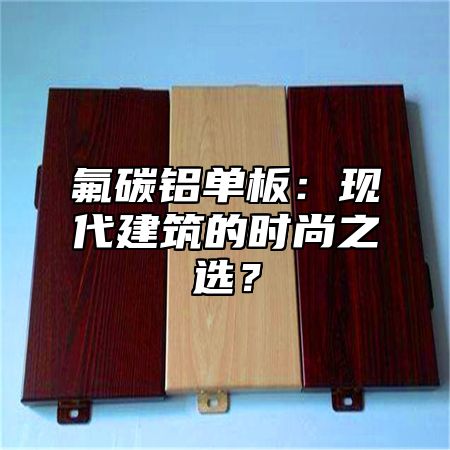
Dear architectural aesthetics enthusiasts, today let's talk about an interesting topic - fluorocarbon aluminum veneer. Does this name sound a bit fancy? Don't worry, let's talk slowly.
What is fluorocarbon aluminum veneer. It is a new type of building material that uses aluminum plates as the substrate and is then treated with fluorocarbon spraying. It sounds a bit complicated, but in fact, it's just putting a layer of "protective clothing" on the aluminum plate. This layer of "protective clothing" not only makes the aluminum plate more durable, but also makes the building appearance more fashionable.
I think there are two main reasons why fluorocarbon aluminum veneer is favored by modern architects. Firstly, it has a high aesthetic value. Fluorocarbon spraying technology can give aluminum plates various colors and textures, from low-key gray to cool blue, all of which can be easily controlled. Secondly, it is durable. Aluminum plates themselves have the advantages of lightweight, high strength, corrosion resistance, etc., coupled with fluorocarbon coatings, they have a longer service life and almost no need to worry about wind and rain.
I remember once I visited a newly built office building, where the entire facade was made of fluorocarbon aluminum veneer. Standing downstairs and looking up, it feels like being in a huge blue ocean, so beautiful that it's refreshing. I was thinking at the time that if it were made of other materials, it probably wouldn't have the same effect.
Everything has two sides. Fluorocarbon aluminum veneer is no exception. Its price is relatively high, which may not be very friendly for some projects with limited budgets. During the construction process, it is necessary to pay attention to environmental protection issues, as fluorocarbon spraying materials contain a certain amount of volatile organic compounds (VOCs), which pose certain hazards to both human health and the environment.
However, I don't think these are any issues. With the advancement of technology, the environmental performance of fluorocarbon spraying materials is gradually improving. For projects with limited budgets, other aluminum veneer products with higher cost-effectiveness can be chosen. As for environmental issues during the construction process, as long as we strictly follow the regulations, we can minimize the harm.
Speaking of which, I would like to share a little story. Once, my friend and I visited a shopping mall under construction and found that the roof of the mall was actually made of fluorocarbon aluminum veneer. At that time, we exclaimed that this merchant was really good at doing business, both beautiful and durable, as well as energy-saving and environmentally friendly. Later on, when asked, it was indeed so. This makes me even more convinced that fluorocarbon aluminum veneer has broad prospects for application in modern architecture.
However, speaking of which, is fluorocarbon aluminum veneer really suitable for all buildings? I think this question is worth pondering deeply. After all, the architectural styles and functions are different, and the selection of materials should also be tailored to local conditions. For some projects with extremely high environmental requirements, it may be necessary to choose more environmentally friendly materials.
Fluorocarbon aluminum veneer, as a new type of building material, is increasingly being used in modern architecture. Although it has some shortcomings, its flaws do not overshadow its merits. As long as we view and use it correctly, it will definitely become a fashionable choice for modern architecture.
I have a question for everyone: If you were asked to choose building materials, would you prefer fluorocarbon aluminum veneer? Welcome to leave a comment in the comment section, let's discuss this topic together. Don't forget to like and follow, see you next time!


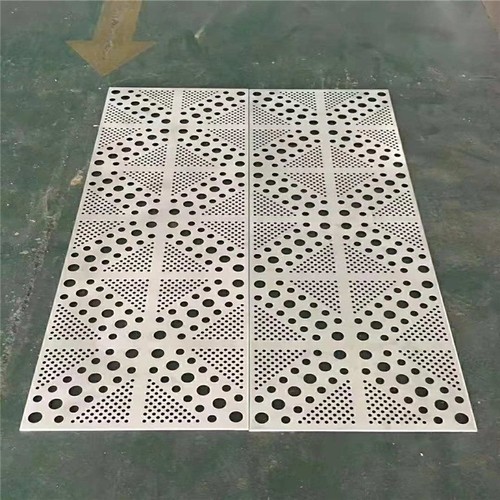
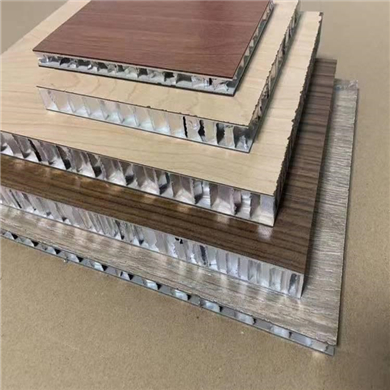
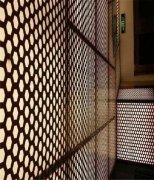
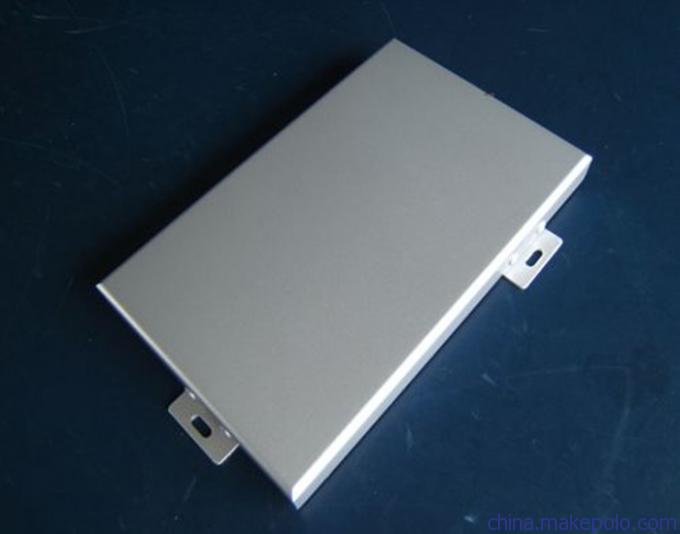
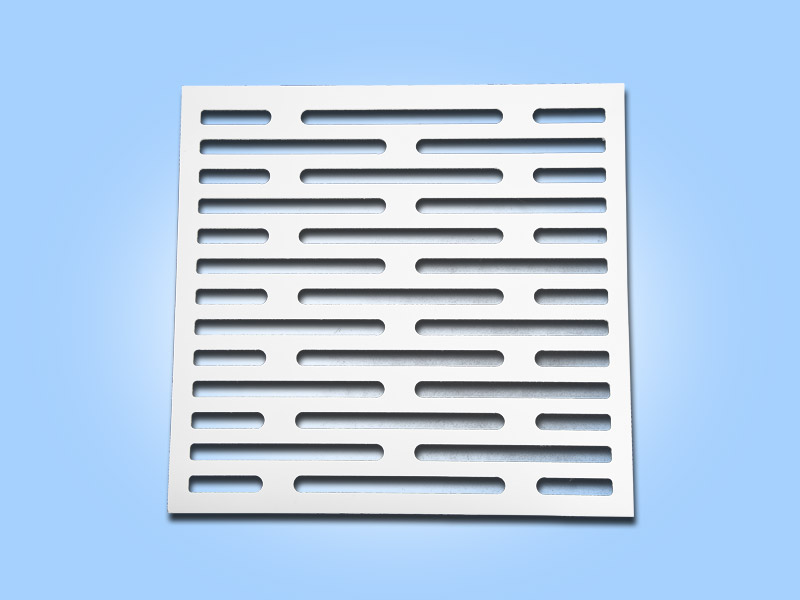
 Customer service QQ
Customer service QQ